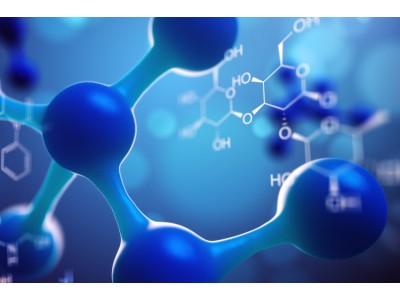| Bioactivity | Etilevodopa (L-Dopa ethyl ester) hydrochloride, an ethyl-ester prodrug of Levodopa, is rapidly hydrolyzed to Levodopa and ethanol by nonspecific esterases in the gastrointestinal tract. Etilevodopa hydrochloride is used for the treatment of Parkinson disease (PD). Levodopa is the direct precursor of dopamine and is a suitable prodrug as it facilitates CNS penetration and delivers dopamine[1][2][3]. |
| Invitro | Etilevodopa (L-Dopa ethyl ester) hydrochloride passes unchanged through the stomach to the duodenum, where it is rapidly hydrolyzed by local esterases to Levodopa and ethanol, and is subsequently absorbed into the blood stream as Levodopa[1].Compared with standard Levodopa, Etilevodopa hydrochloride has greater solubility in the stomach, faster passage to the small intestine, and a shortened time to maximum Levodopa concentration[2]. |
| Name | Etilevodopa hydrochloride |
| CAS | 39740-30-2 |
| Formula | C11H16ClNO4 |
| Molar Mass | 261.70 |
| Appearance | Solid |
| Transport | Room temperature in continental US; may vary elsewhere. |
| Storage | 4°C, protect from light, stored under nitrogen *In solvent : -80°C, 6 months; -20°C, 1 month (protect from light, stored under nitrogen) |
| Reference | [1]. Djaldetti R, et al. Pharmacokinetics of etilevodopa compared to levodopa in patients with Parkinson's disease: an open-label, randomized, crossover study. Clin Neuropharmacol. 2003 Nov-Dec;26(6):322-6. [2]. Blindauer K, et al. A randomized controlled trial of etilevodopa in patients with Parkinson disease who have motor fluctuations. Arch Neurol. 2006 Feb;63(2):210-6. [3]. Haddad F, et al. Dopamine and Levodopa Prodrugs for the Treatment of Parkinson's Disease. Molecules. 2017 Dec 25;23(1). pii: E40. |

Etilevodopa hydrochloride
CAS: 39740-30-2 F: C11H16ClNO4 W: 261.70
Etilevodopa (L-Dopa ethyl ester) hydrochloride, an ethyl-ester prodrug of Levodopa, is rapidly hydrolyzed to Levodopa an
Sales Email:peptidedb@qq.com
This product is for research use only, not for human use. We do not sell to patients.